M. A. P. Insights
|
 |
Posted on June 06, 2017
In 1998, the income per capita of Indonesia was $680 at current prices versus $1,050 for the Philippines, 54% higher. In 2015, it was $3,350 for the former, and $2,900 for the latter, only 13% lower (World Bank Development Report).
In 1987, the total poverty at national poverty line for Indonesia was 17.4%, with rural poverty at 16.4%. The 1994 figures for the Philippines were 40.6% and 53.1%. By the 2010s, Indonesia’s total poverty was 11.3% with rural poverty at 14.2% (2014). The Philippine numbers fell too but remained very high at 21.6% and 30% in 2015 (see Table 1).

AGRICULTURE PRODUCTIVITY
During 2001-2013, total factor productivity (TFP), an overall measure of agri efficiency, rose by 2.65% a year for Indonesia and 1.87% for the Philippines. The numbers were derived from the difference between agri production growth and agri inputs growth. The Philippines lagged in both output and input growth. The gap with Indonesia in TFP was about 10% over 13 years (see Table 2).
CROP PRODUCTIVITY
Of the 15 crops common to both countries, Indonesia was ahead of the Philippines with 13. On the four major crops — rice, corn, coconut, and sugarcane — Philippine productivity underperformed.
Indonesia is the highest-cost rice producer compared to India, Vietnam, Thailand, China, and the Philippines, in that order (IRRI/Philrice Study, 2015). It is a net-importer (see Table 3).
CROP DIVERSIFICATION
Indonesian agriculture is highly diversified. Considering the 15 crops, the three top crops accounted for 67% of total areas for Indonesia as compared to 86% for the Philippines. As to the five top crops, the corresponding numbers were 84% and 92%, respectively.
Of the eight main crops for Indonesia, six of these were heavily export-oriented: oil palm, rubber, coconut, cacao, coffee, and cassava. By contrast, there were only three for the Philippines, of which only one is export-oriented: coconut (see Table 4).
EXPORT COMPETITIVENESS
In 2015, Indonesia’s agri-exports reached $33 billion (B) as compared to about $5B for the Philippines. The former had six products with over $1-billion export a year versus two for the Philippines. For all products that earned $250 million or more a year: Indonesia had 22 versus only five for the Philippines. On per hectare basis, Indonesia exports 2.4 times more at $880 per hectare versus $370 per hectare for the Philippines.
What is so important about agri-food exports, which some sectors discount as poor development strategy? Exports expand markets and, therefore, raise incomes and job opportunities for the poor. Competition brings innovation and crop selection. Focusing on the domestic market alone severely limits market-product size, diversity, and competitiveness.
DEVELOPMENT INSTITUTIONS
The widely read book Why Nations Fail by Massachusetts Institute of Technology (MIT) economist Daron Acemoglu and Harvard political scientist James Robinson (2012) showed that political and economic institutions underlie economic success. The authors theorized that there are two types. “Extractive” institutions exist when a “small” group of individuals exploit the rest of the population. “Inclusive” institutions include “many” people in the process of governing.
To paraphrase Thomas Friedman, a noted writer:
“Inclusive economic institutions enforce property rights, create a level playing field, and encourage investments in new technologies and skills are more conducive to economic growth than extractive economic institutions that are structured to extract resources from the many by the few.
Conversely, extractive political institutions that concentrate power in the hands of a few reinforce extractive economic institutions to hold power (New York Times, March 31, 2012).”
Why is the Philippine rural poverty incidence more than twice that of Indonesia’s? The following are my hypotheses:
First, the political elite has long tolerated that rice self-sufficiency is the gold standard of success of any administration, and not rural poverty reduction. Among others, this led to long-term neglect of tree-crops development, especially coconut. Add to that aquaculture.
Second, the rural development institutions have been weakened by the sustained discontinuities in programs, constant changes in personnel, and promotion by political connections. It has demoralized the bureaucracy and severely failed to attract young talents. They faltered in tracking program impact on poverty reduction.
Third, the general lack of appreciation of strong research, development and extension service. Farmers need new techniques to increase incomes and be competitive. The 25-year municipality-based (not province-based) extension system is a monumental failure.
Fourth, land distribution is the overriding development goal, and not investments that will create products in the competitive market, promote robust agri-manufacturing that, in turn, create stable jobs.




The article reflects the personal opinion of the author and does not reflect the official stand of the Management Association of the Philippines or the M.A.P.
Rolando T. Dy is the Vice-Chair of the M.A.P. AgriBusiness and Countryside Development Committee, and the Executive Director of the Center for Food and AgriBusiness of the University of Asia & the Pacific.
